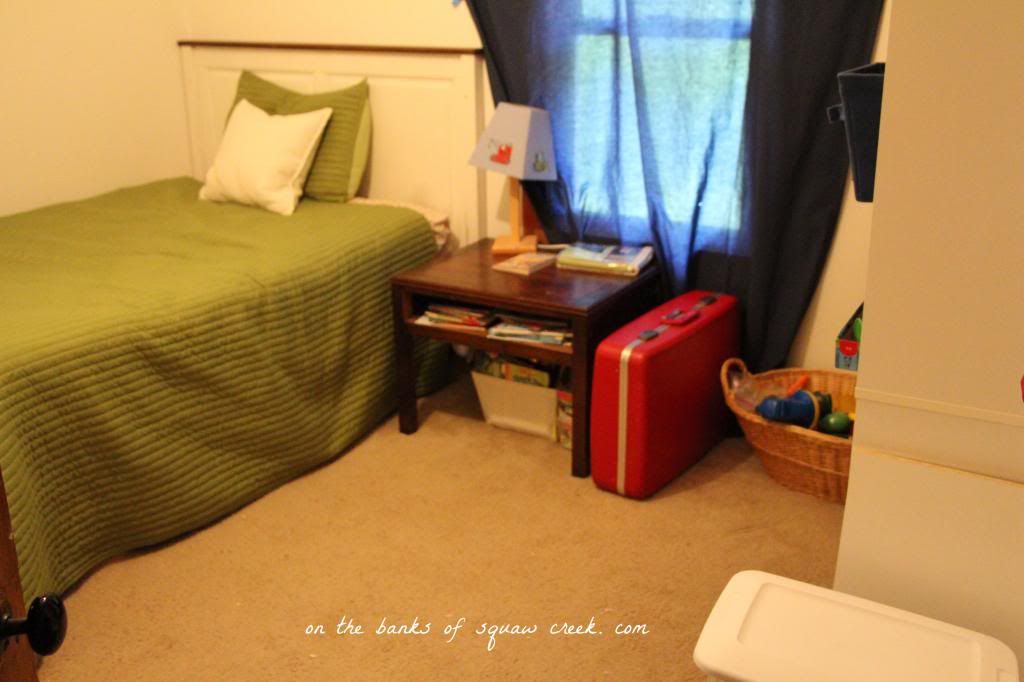It’s been nearly a month since I first posted about my anger towards Panera Bread.
And it turns out, I’m not the only one who was upset by their EZ Chicken campaign.
DairyCarrie wrote a fantastic blog post that went viral. She’s even been contacted by the Chief Marketing Officer of Panera because of it. And while Panera has removed some of their offensive images online, they have not completely ditched the campaign.
However, I’m not nearly as angry as I was a month ago. The truth is, some good has come out of this campaign.
First, farmers have united over this issue. It’s so great to see dairy farmers, beef cattle ranchers, and row crop farmers supporting the poultry farmers who were targeted in the ad. I think it shows the pride that all farmers have in their calling.
Second, it has opened up general conversations about food. I have had real, legitimate questions about food production posted on my blog’s facebook page and my personal facebook wall. From an uncle asking exactly what the tolerances are for antibiotic residue in meat to a friend who’s a food blogger asking about GMOs, the conversations have been wonderful.
Third, Panera’s campaign has offered us a chance to clear up misconceptions about antibiotics in food, which I’d like to reiterate right now.
1. There are NO antibiotics in food. Every single flock is tested for antibiotic residues before being sent to market. Most antibiotics have a zero-tolerance level, meaning that there can be NO TRACES of the medicines in the animal. (For a complete list of the tolerances for all animals and medications, check out the U.S. National Residue Program here.)
2. There are strict regulations farmers must follow when using antibiotics. Strict dosage guidelines, strict withdrawal times, and strict penalties for not following the rules.
3. Antibiotics are used under the guidance of a veterinarian when they improve animal health. Farmers have the work of scientists, vets and researchers behind them to tell them when antibiotics should be used or not.
4. Last but not least…
As a CommonGround volunteer, these conversations excite me. They are an opportunity for us to do what we do best – talk about our experiences on the farm and answer questions from consumers.
So let’s keep the momentum going. As Troy Hadrick said during a presentation on Tuesday, “Don’t ask Google where your food comes from. Ask a farmer.” Keep asking questions. Keep questioning marketing campaigns. Keep asking farmers where your food comes from. We are ready to talk to you!
If you have a question, visit the Squaw Creek Facebook page or the CommonGround facebook page and post it, using the hastag #AskAFarmer!























